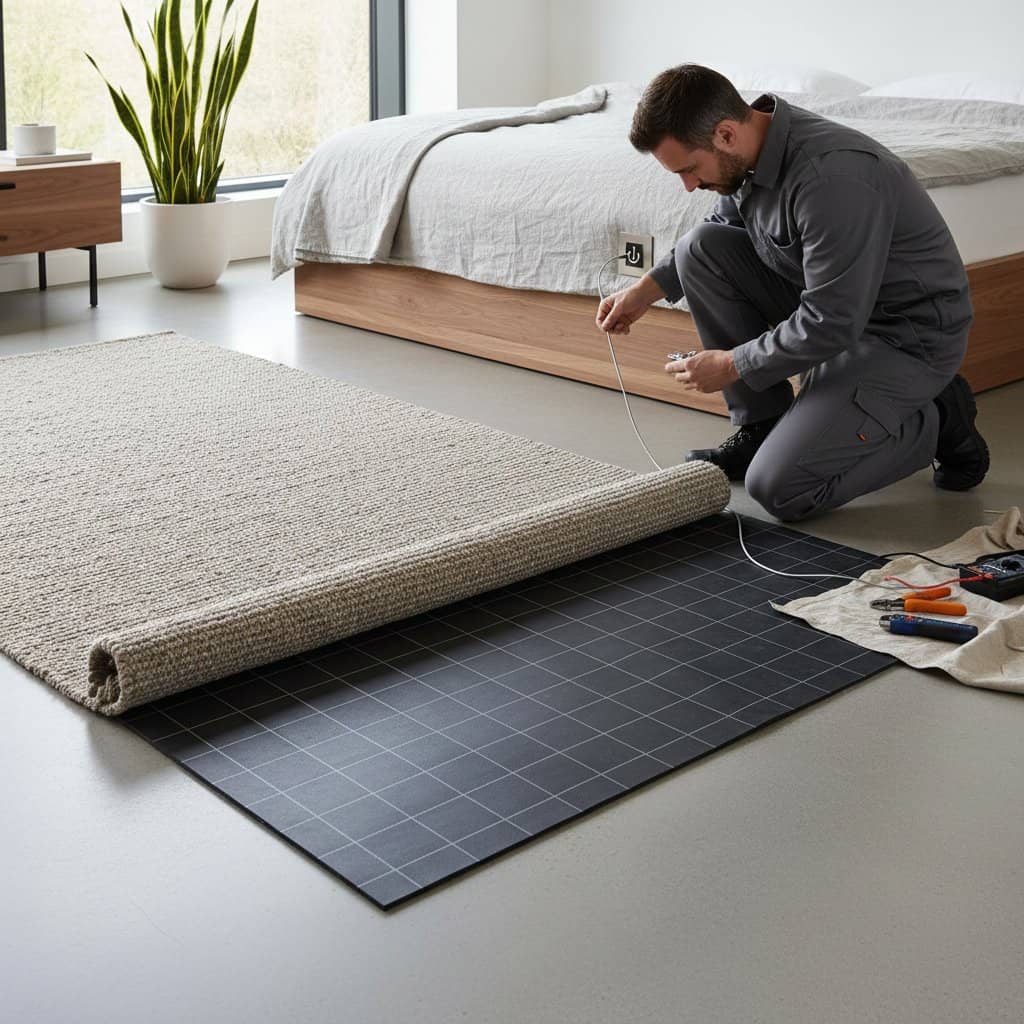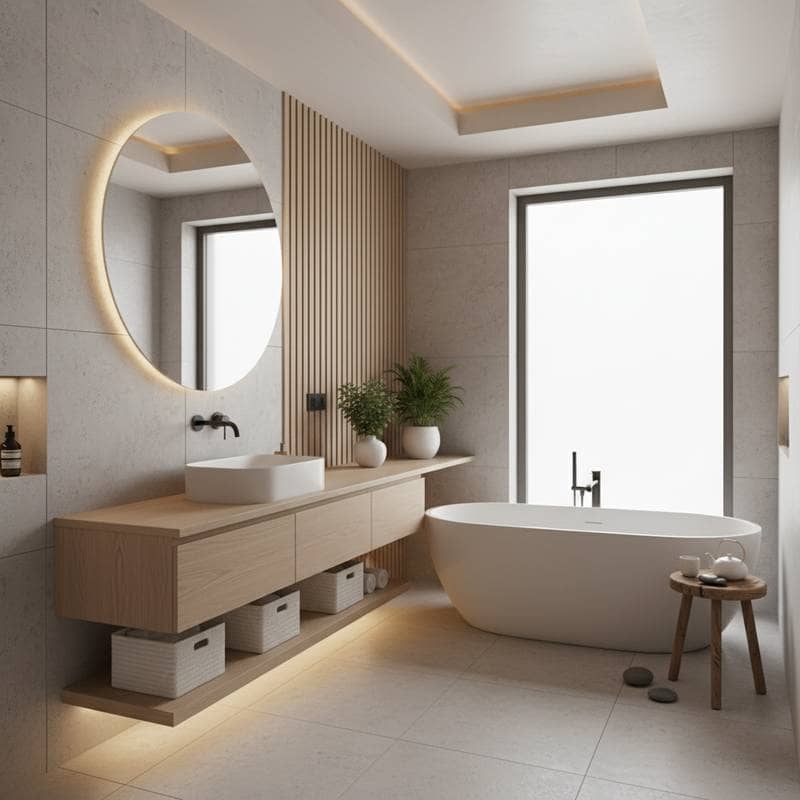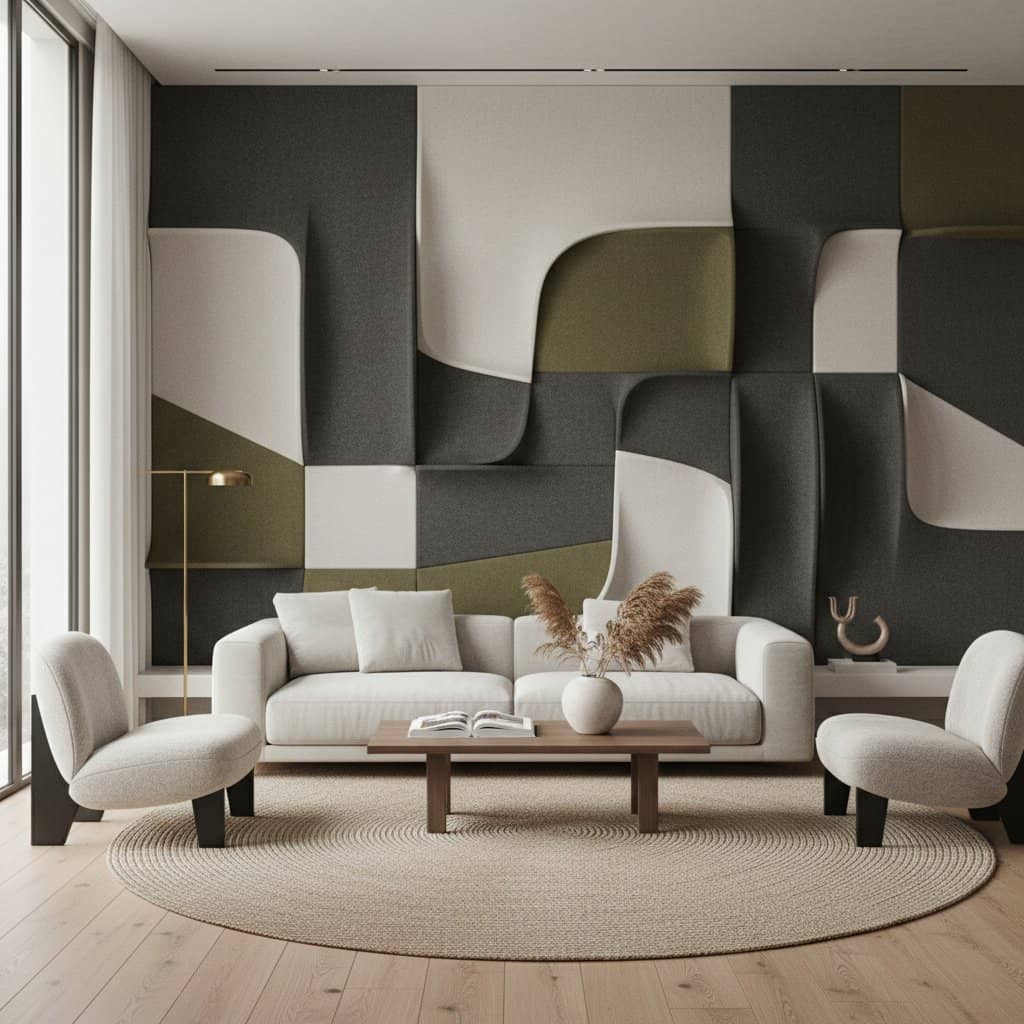Acoustic Panels That Integrate Art and Sound Management
Consider the frustration of attempting relaxation in a room where noises reverberate endlessly. The tinkling of utensils, the shift of furniture, or the resonance of speech accumulates into an underlying disarray. Acoustic panels address this issue effectively. Traditional foam installations often appear industrial and out of place in residential settings. Fortunately, current innovations position these panels as sophisticated elements comparable to fine artwork, enhancing both aesthetics and auditory comfort.
This article examines innovative approaches where acoustic panels unite visual appeal with practical noise control. These solutions produce environments that resonate with harmony in sight and sound.
Fabric-Wrapped Panels for Seamless Integration
Fabric-wrapped acoustic panels offer a subtle method to incorporate sound absorption into existing decor. Designers stretch acoustically permeable fabrics over absorbent cores, creating textured wall coverings that mimic upholstery or tapestries. Available in neutral tones or custom patterns, these panels adhere flush to surfaces for a built-in appearance.
Such panels prove essential in living areas where overt fixtures disrupt harmony. They reduce mid-frequency echoes from voices and media without drawing attention. Homeowners appreciate how these elements maintain a cohesive look while improving conversational clarity.
For installation, select fabrics that match surrounding textiles. Position panels on walls adjacent to noise sources, such as behind televisions or along conversation paths. This approach ensures balanced acoustics alongside refined style.
Printed Acoustic Art as Focal Points
For spaces demanding visual impact, printed acoustic panels transform walls into personalized galleries. High-resolution images transfer onto sound-transparent fabrics, backed by dense absorptive materials that capture reverberations. Choices range from vibrant abstracts to calming nature scenes, accommodating diverse tastes.
These panels elevate narrow corridors or entryways prone to lingering echoes. By displaying meaningful imagery, they foster a sense of curated sophistication. Guests often overlook the functional aspect until noticing the enhanced tranquility.
To maximize effect, align prints with room lighting for optimal vibrancy. Cover at least 20 percent of wall surface area in echo-heavy zones. Consult material specifications to verify sound transmission class ratings suit the space's needs.
Sculptural Wood Slats for Textural Depth
Wood slat acoustic systems introduce organic warmth through layered, perforated panels. Thin wooden strips mount over absorptive substrates, diffusing sound waves while adding dimensional interest. Finishes include natural grains, stains, or painted variations to complement modern or rustic interiors.
In open layouts, these features mitigate harsh reflections from hard floors and windows. The slatted design scatters sound evenly, preventing dead spots. Architects favor them for their architectural presence that enhances spatial flow.
Installation requires secure mounting to studs for stability. Arrange slats vertically in high-ceiling rooms to draw the eye upward, or horizontally for a grounded feel. Pair with complementary wood elements to unify the design scheme.
Modular Felt Tiles for Creative Flexibility
Felt tiles provide an engaging option for dynamic sound treatment. Cut into geometric forms like hexagons or waves, these self-adhesive pieces assemble into custom mosaics. Soft, dense felt absorbs higher frequencies, ideal for lively areas with chatter or device noise.
The modular nature allows experimentation with layouts, from symmetrical grids to organic clusters. Colors blend or contrast to define functional zones in multifunctional rooms. This versatility suits evolving spaces like home offices or play areas.
Apply tiles to ceilings or upper walls for overhead sound capture. Test arrangements with templates before committing. In shared environments, they delineate quiet nooks while injecting playful texture.
Acoustic Furniture for Discreet Enhancement
Integrating sound control into furniture expands options beyond walls. Upholstered items such as sofas, dividers, or shelving incorporate absorptive foams within frames. Custom headboards or room screens feature layered constructions that muffle ambient disturbances.
These pieces preserve design freedom by embedding functionality subtly. In bedrooms, a padded wall panel behind the bed dampens street noise. Office partitions foster focus by curbing open-space distractions.
Select furnishings with at least 2-inch thick absorptive layers. Position near reflective surfaces like glass or tile. Combine with soft flooring to amplify overall acoustic benefits without major alterations.
The Broader Impact of Balanced Acoustics
Acoustics influence spatial perception alongside visual and tactile elements. An aesthetically pleasing room undermined by persistent echoes conveys incompleteness. Proper sound management fosters intimacy in discussions, fidelity in audio playback, and restorative quietude.
These interventions operate unobtrusively, yielding cumulative improvements. Daily interactions gain nuance as background hums recede. Residents report heightened awareness of their surroundings, from subdued appliance drones to gentler ambient transitions.
Beyond mere noise reduction, such enhancements cultivate well-being. Clearer soundscapes support concentration, relaxation, and social connection, elevating everyday experiences.
Implementing Acoustic Improvements
Assess your environment by generating a sharp clap in the room's center. Persistent reverb indicates absorption needs. Evaluate visibility preferences: opt for integrated textures or prominent installations based on style goals.
Prioritize placement opposite reflective areas, such as windows or bare floors. Ceilings benefit from suspended or tiled treatments in voluminous spaces. Calculate coverage: aim for 15 to 25 percent of total surface area depending on room size and use.
Source samples from suppliers to evaluate tactile qualities and hues. For complex setups, engage professionals to measure reverberation times and recommend configurations. Integrate complementary soft goods like drapery and carpets for comprehensive results.
Maintenance remains straightforward. Wipe wood or felt with a damp cloth periodically. Vacuum fabric surfaces gently to preserve efficacy. These steps ensure sustained performance and appearance.
Sustaining Harmony in Your Space
Acoustic panels extend beyond initial installation to ongoing refinement. Monitor how sounds evolve with seasonal changes or new furnishings. Adjust arrangements as needs shift, maintaining the delicate equilibrium of form and function.
The ultimate gain lies in transformed living quality. Spaces become sanctuaries where aesthetics and acoustics align seamlessly, inviting prolonged enjoyment and effortless interaction.



